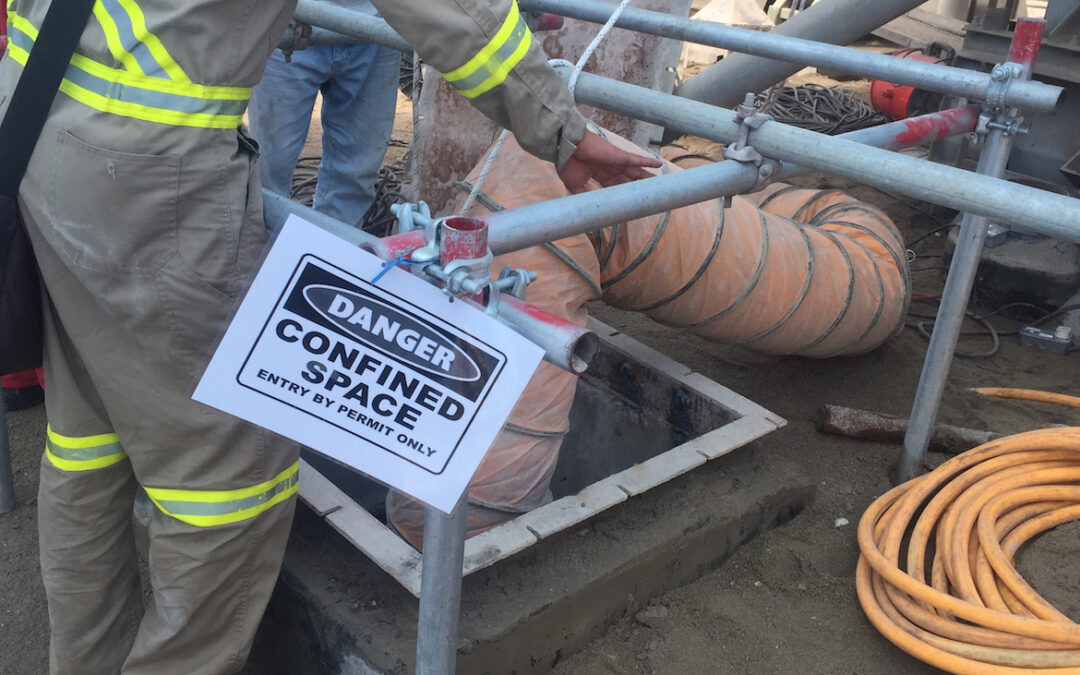and calibration gases in laboratories. Although these gases are generally considered safe, improper handling can pose potential hazards.
Discussion Points:
- What are inert gases?
- Dangers of inert gases.
- Guidelines for the safe use of inert gases.
Discussion:
Inert gases, commonly called noble gases, are found in Earth’s atmosphere and are odorless and colorless. These gases include helium, neon, argon, krypton, xenon, radon, nitrogen, and carbon dioxide.
One of the main dangers of inert gases is oxygen displacement. In high concentrations, inert gases can replace oxygen in the air, leading to oxygen deficiency and potentially causing asphyxiation. This risk is severe in confined spaces, where gases can accumulate and create hazardous conditions for workers.
Inert gases can also pose asphyxiation risks in other areas, such as near vent exhausts, around openings of machines that use liquid nitrogen, in removed blind flanges, on temporary access platforms close to vent outlets, and during gas leaks. Additionally, these gases can flow and accumulate in low-lying areas like culverts, trenches, machine pits, basements, and elevator shafts. Conducting a risk assessment in these locations and implementing control measures to ensure safety is essential.
The Occupational Safety and Health Administration (OSHA) regulations require appropriate surveillance of work area conditions, the establishment of written procedures for properly using respirators in hazardous areas, and special provisions for communication and rescue in dangerous work environments.
It is essential to understand that asphyxia can unexpectedly occur when working with inert gases. By following safety guidelines, employees can work more safely with inert gases, significantly reducing the risk of accidents and injuries.
Guidelines for Safe Use of Inert Gases:
- Before working with inert gases, employees must receive training that covers the properties of inert gases, potential hazards, proper handling techniques, and emergency procedures.
- Store inert gases in designated areas away from heat sources or ignition points. Gas cylinders must be properly labeled, stored upright, and secured.
- Use appropriate equipment to prevent leaks and ensure safe handling. This includes following proper lockout/tagout procedures to prevent hazardous energy releases.
- Wear appropriate personal protective equipment (PPE), including gloves, goggles, and face shields.
- Regularly check for leaks and use gas detectors to monitor the environment.
- Always work with inert gases in well-ventilated areas or within a fume hood to prevent gas buildup.
Employees must be familiar with emergency procedures, including evacuating the area, shutting off gas supplies, and notifying emergency services in case of a gas leak or exposure to high concentrations of inert gases,
By prioritizing safety and following established procedures, you can ensure the safe use of inert gases. Remember, it is always better to be safe than sorry when working with potentially hazardous materials.
As always, stay safe out there!


Recent Comments